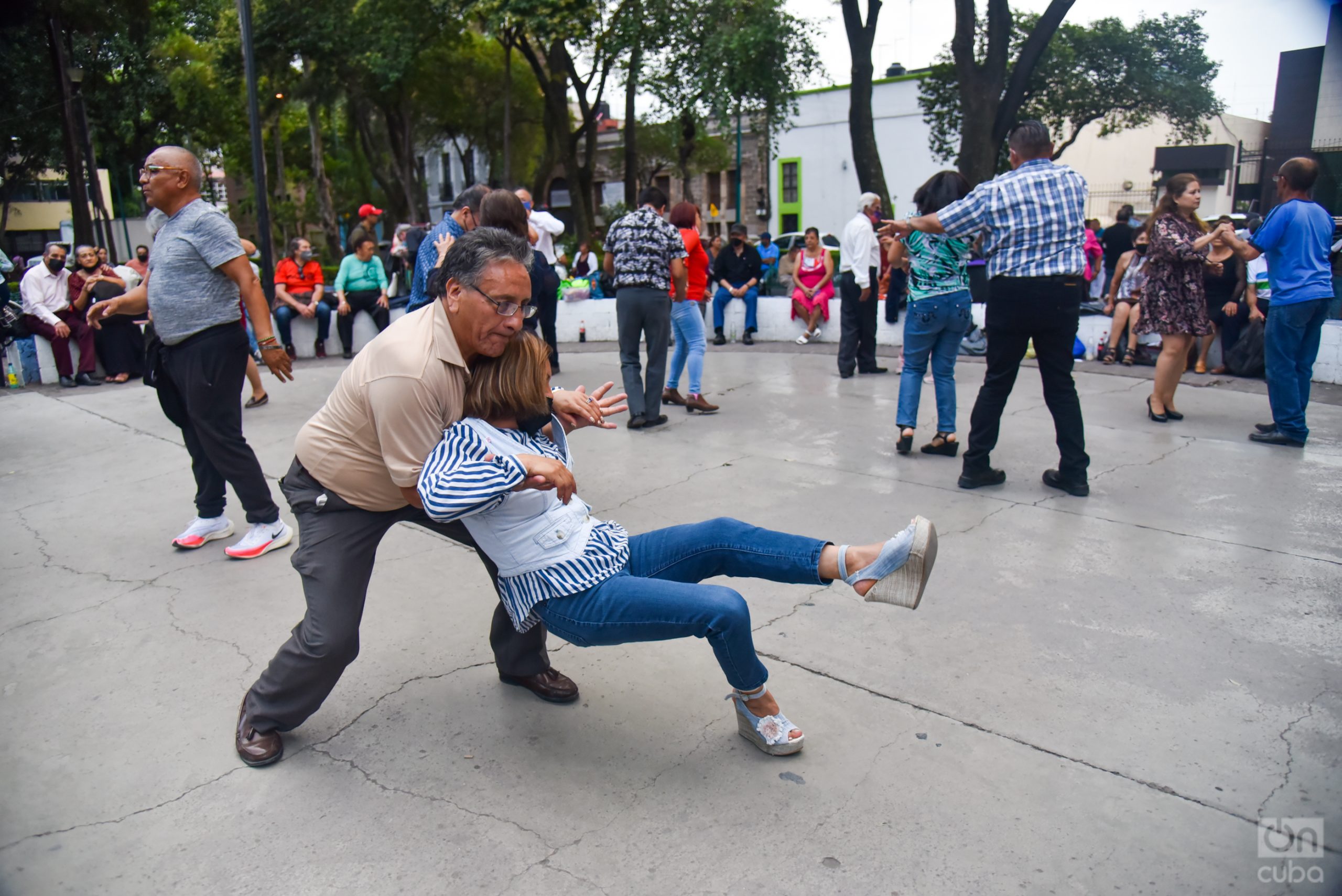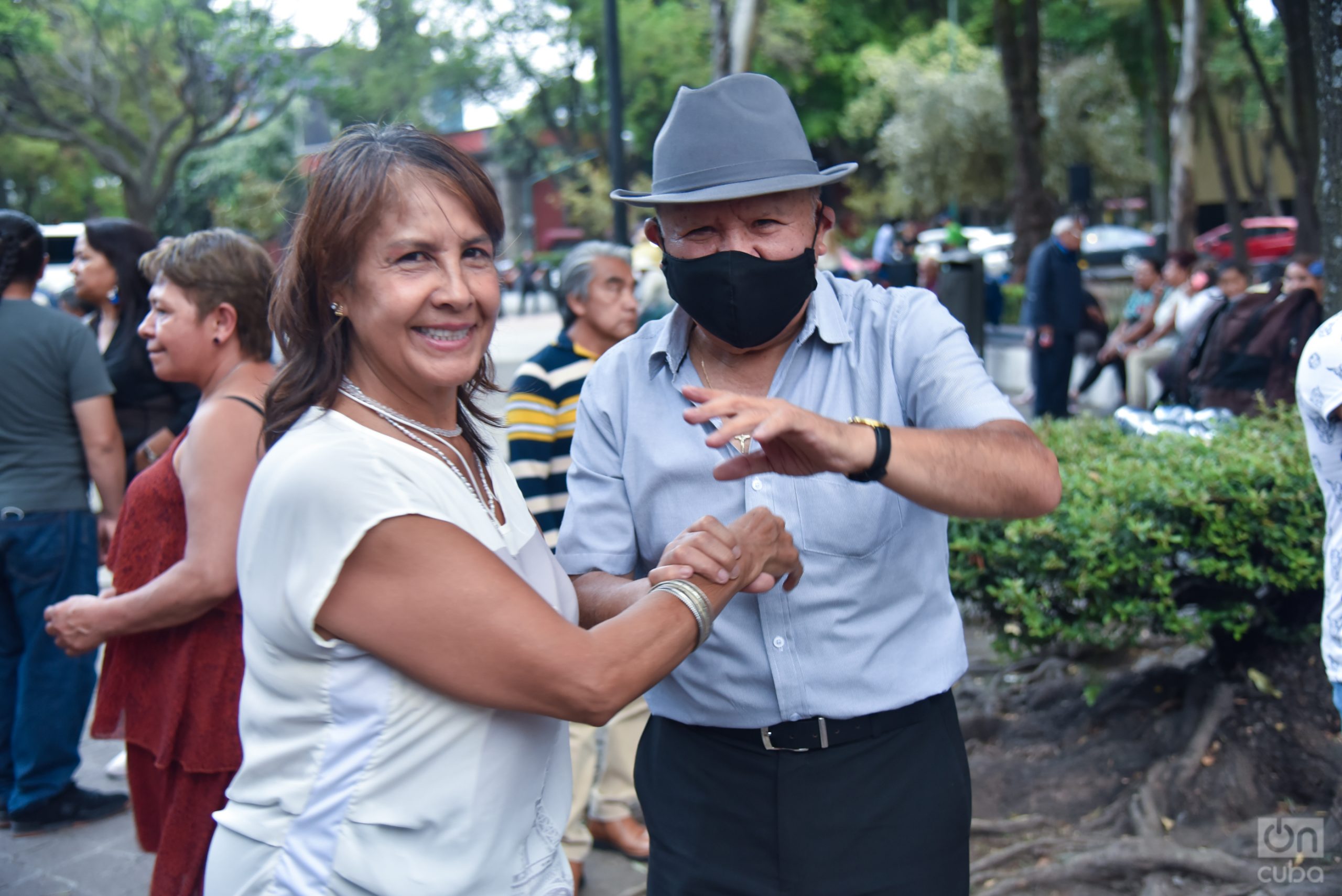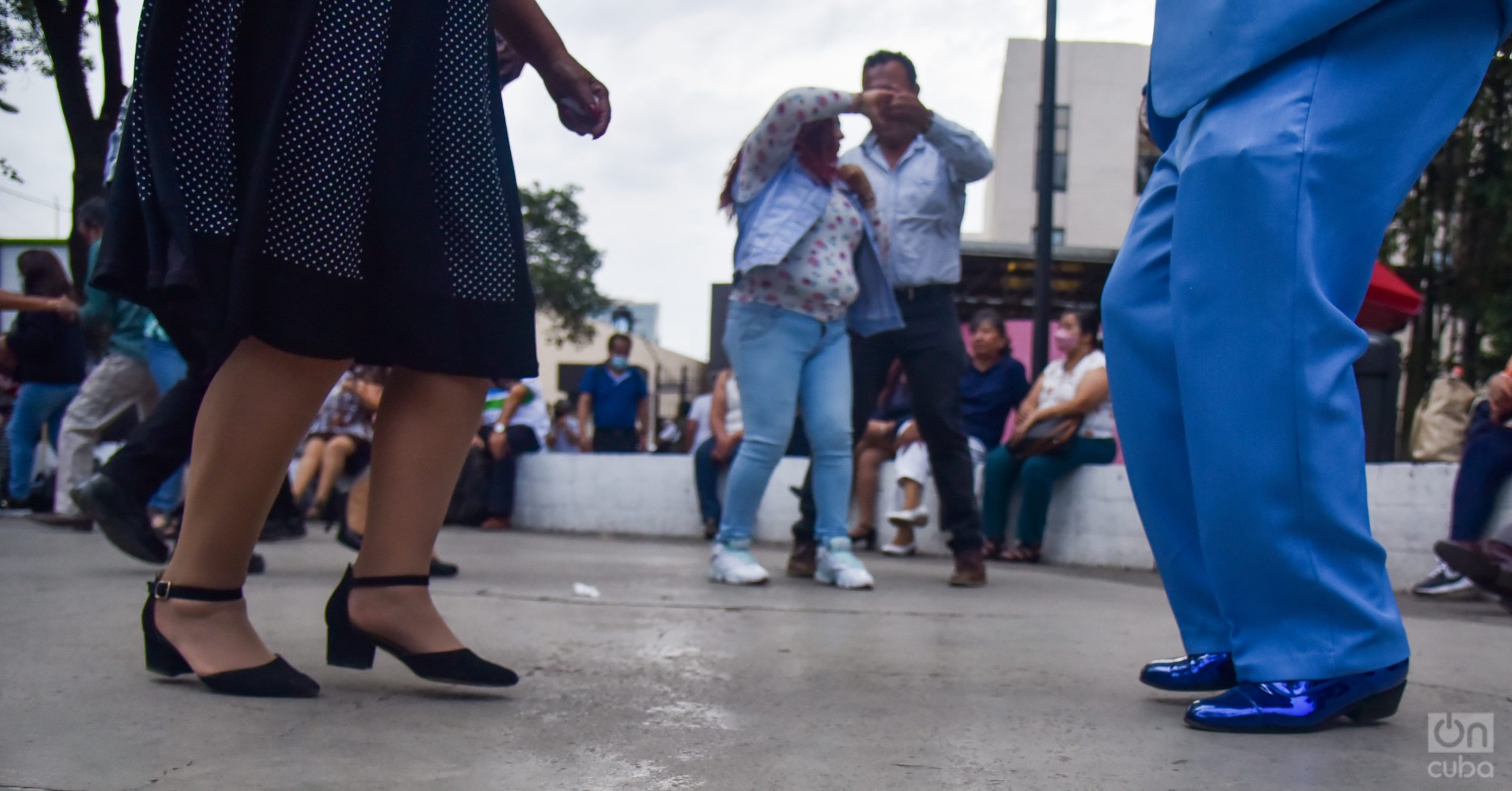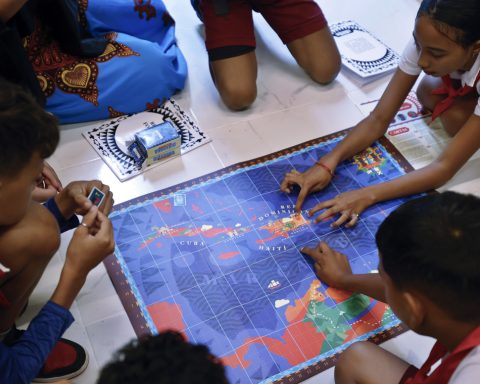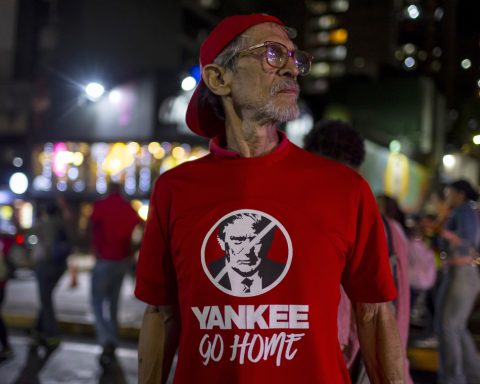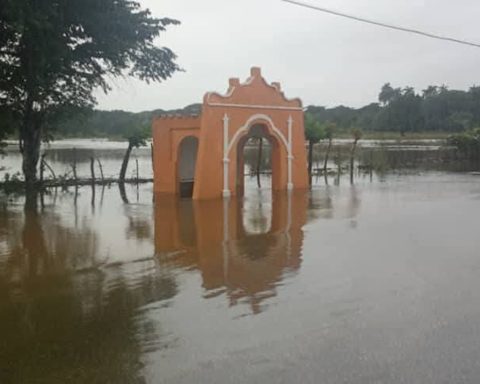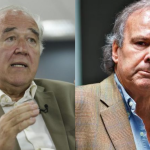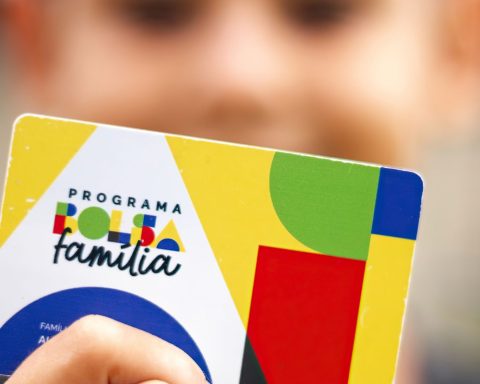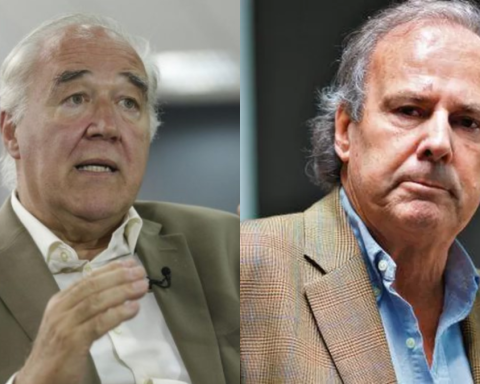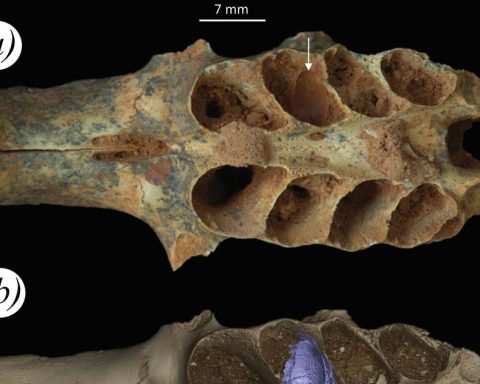One Saturday afternoon, walking aimlessly through the streets of Ciudad Mexico, punctually by some non-tourist arteries, I heard a peculiar music. I faced my steps in the direction of the sound. As I got closer, that 2×4 recording in time became more and more familiar to me. The phrasing of the piano, the flute, the kettledrums, violins… were unmistakable. Turn a corner and what was my surprise to disembark in a park where hundreds of elderly couples dance danzón.
He had arrived at the old plaza of La Ciudadela, in the Cuauhtémoc town hall. More than a century ago this place was a war field where bloody battles were fought. Then a prison was built that was eventually closed. Later a tobacco factory was built. Today it is a large park taken over by long-lived dancers.
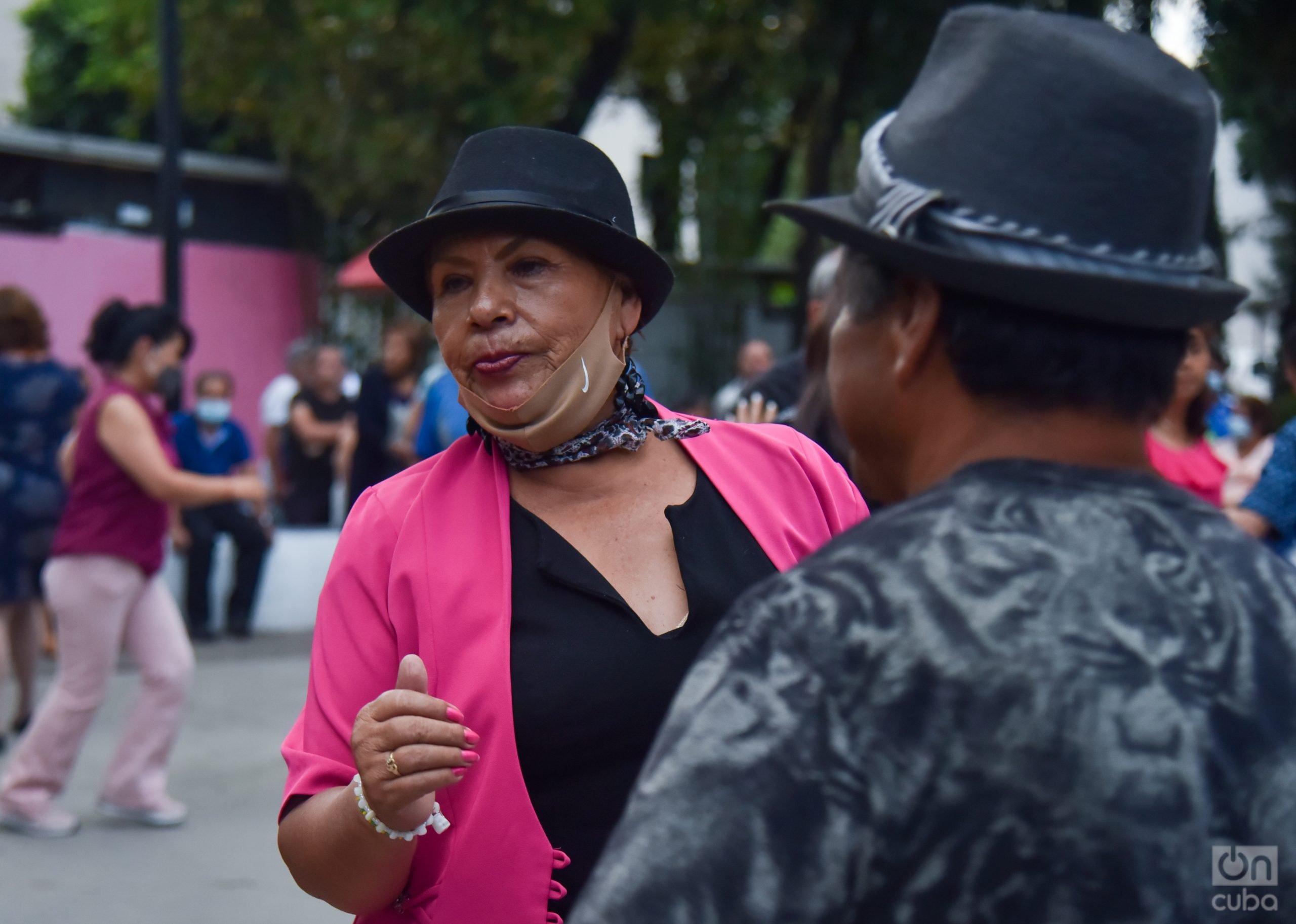
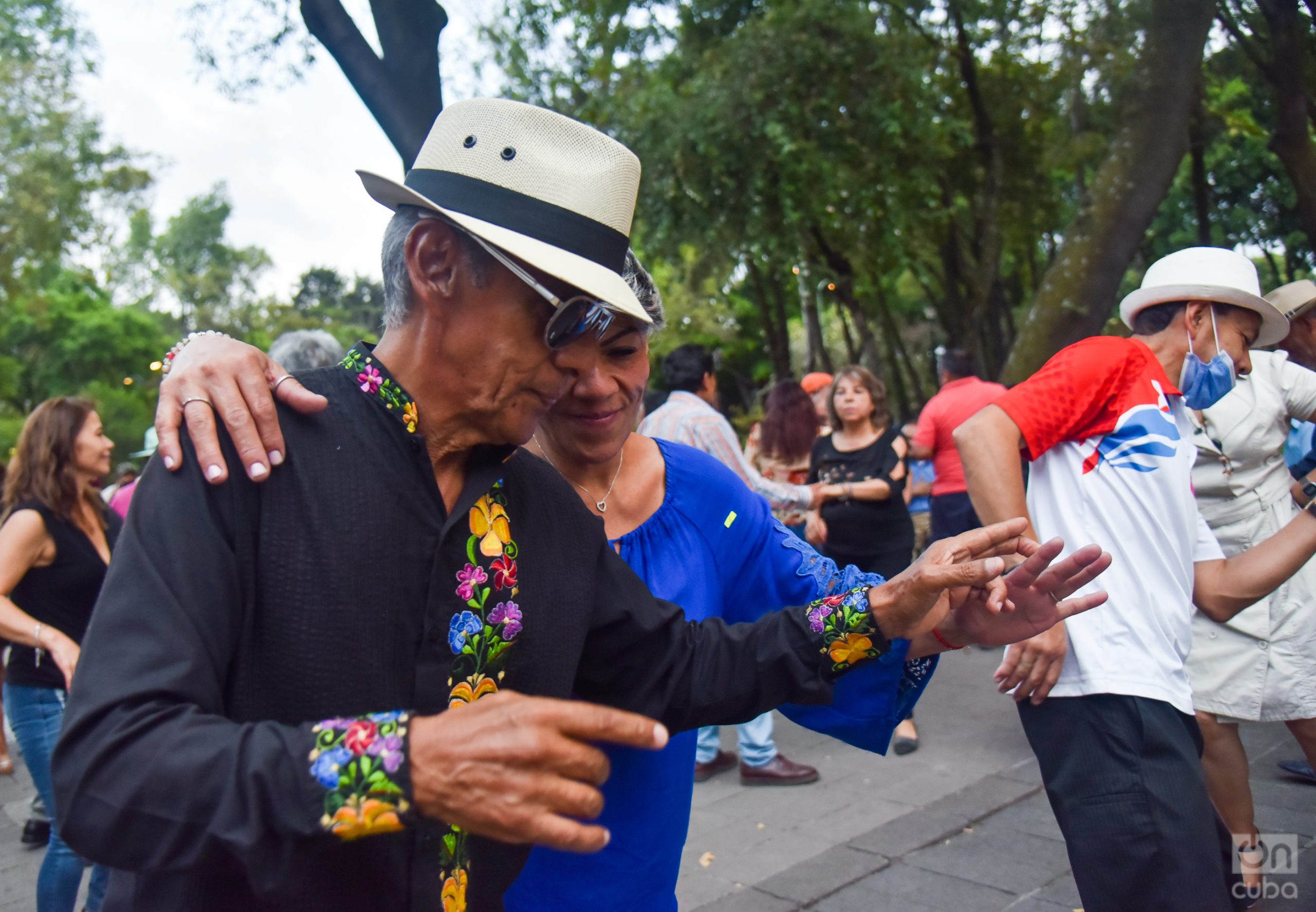
In mid-1996, dance lovers began to gather in this open-air square. They arrived with tape recorders and planted. They took over the place spontaneously, especially on Saturday afternoons, the busiest day. They say that up to two thousand people have gathered here.

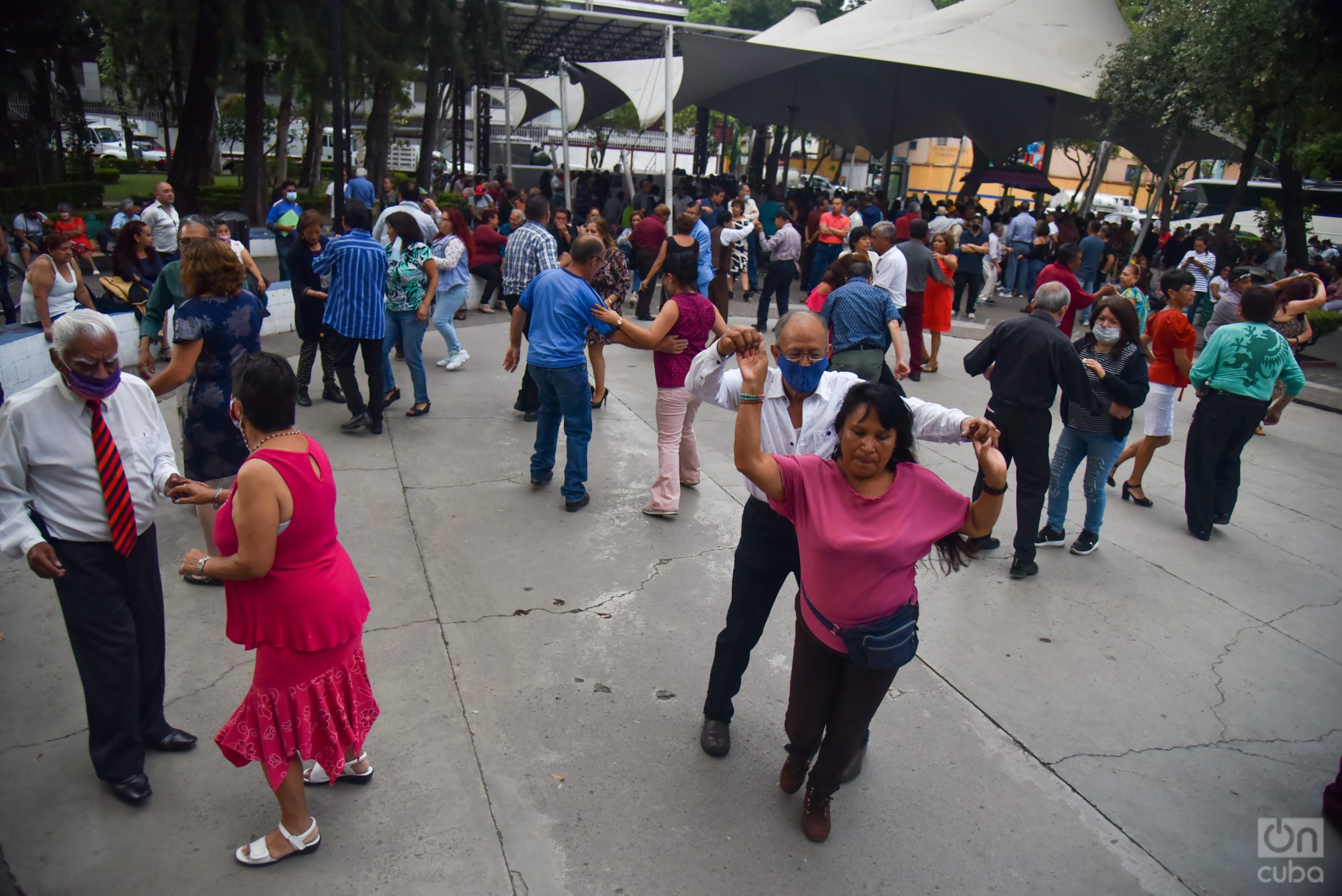
This is a place where loving, tragic and even unusual episodes have happened around the dance. At the turn of the third age and when they were both widowed, Rita and Mario met here, while dancing. They fell in love and when they were almost 70 years old they got married. Also here they remember Tomás Basto Wilbert, a 73-year-old man, a regular at these peñas, who died in this square when he was struck by lightning one rainy afternoon after dancing.
And the incredible thing: in the hardest times of the COVID-19 pandemic, when to preserve our lives we had to be safe in our homes, the Mexico City police were forced to tape up and guard the square. They say that some mischievous dancers escaped from their homes and appeared taking a few steps in the park. It is not surprising, then, that hardly anyone calls this square by its original name, but rather it is popularly known as the Plaza del Danzón.
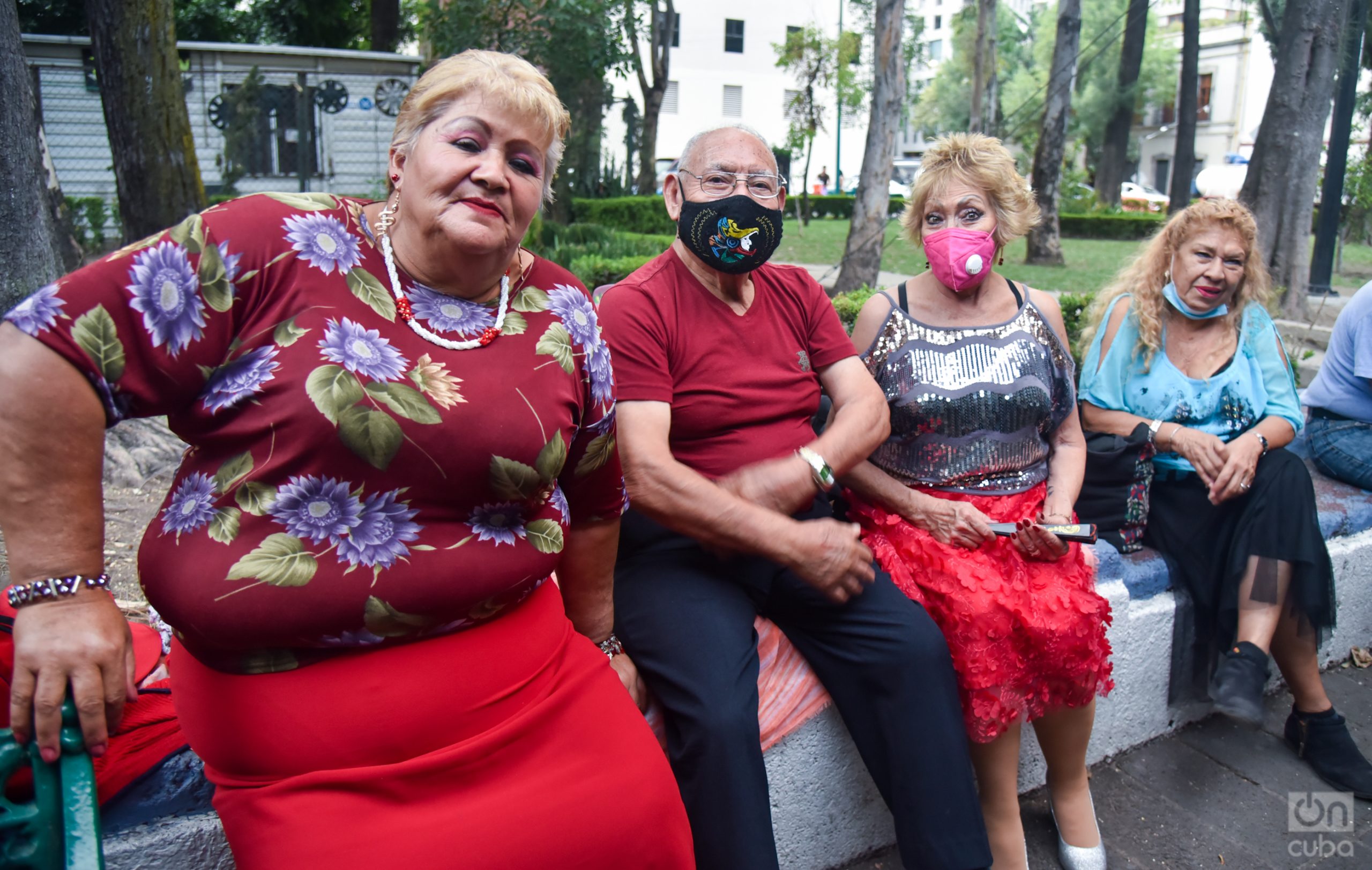
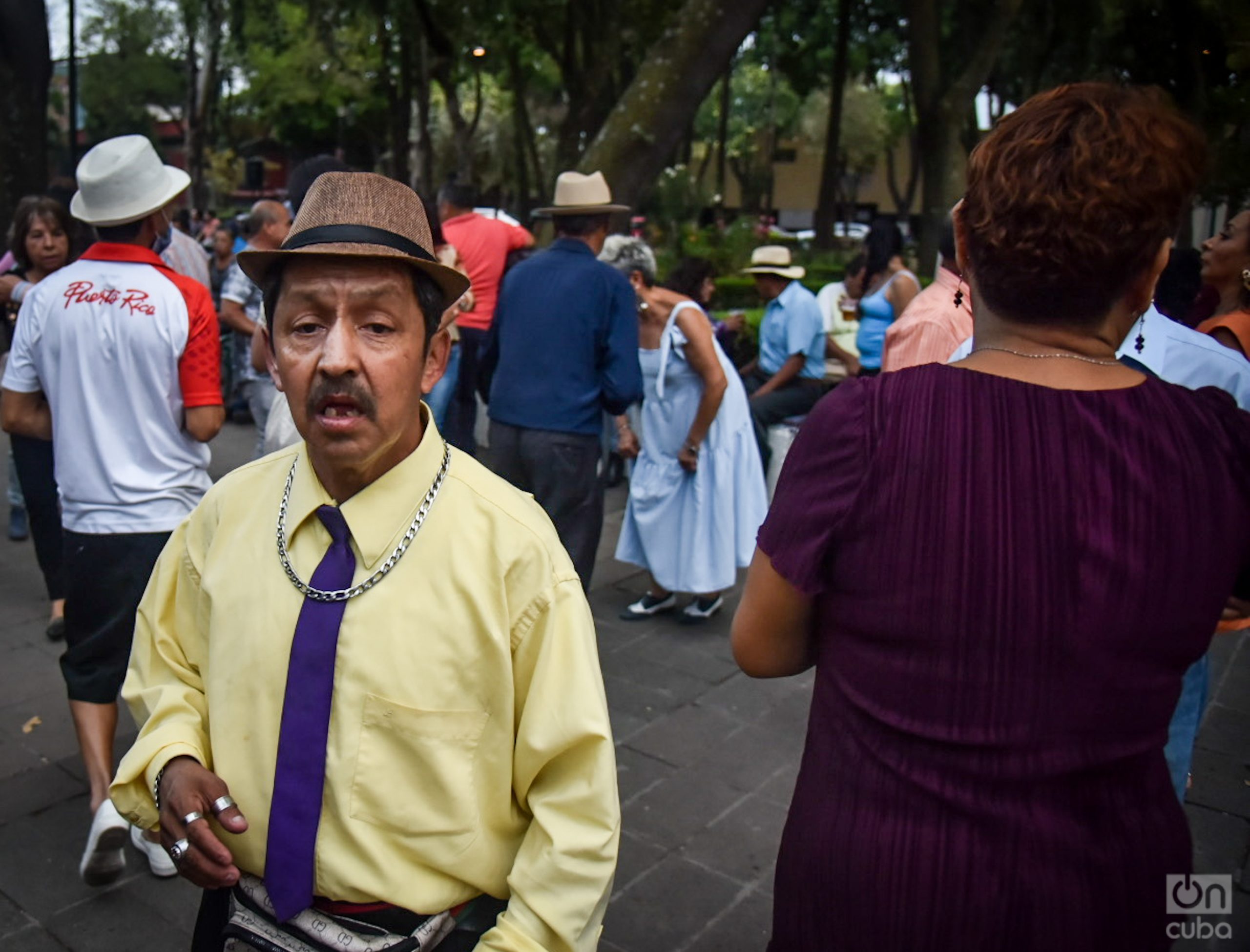
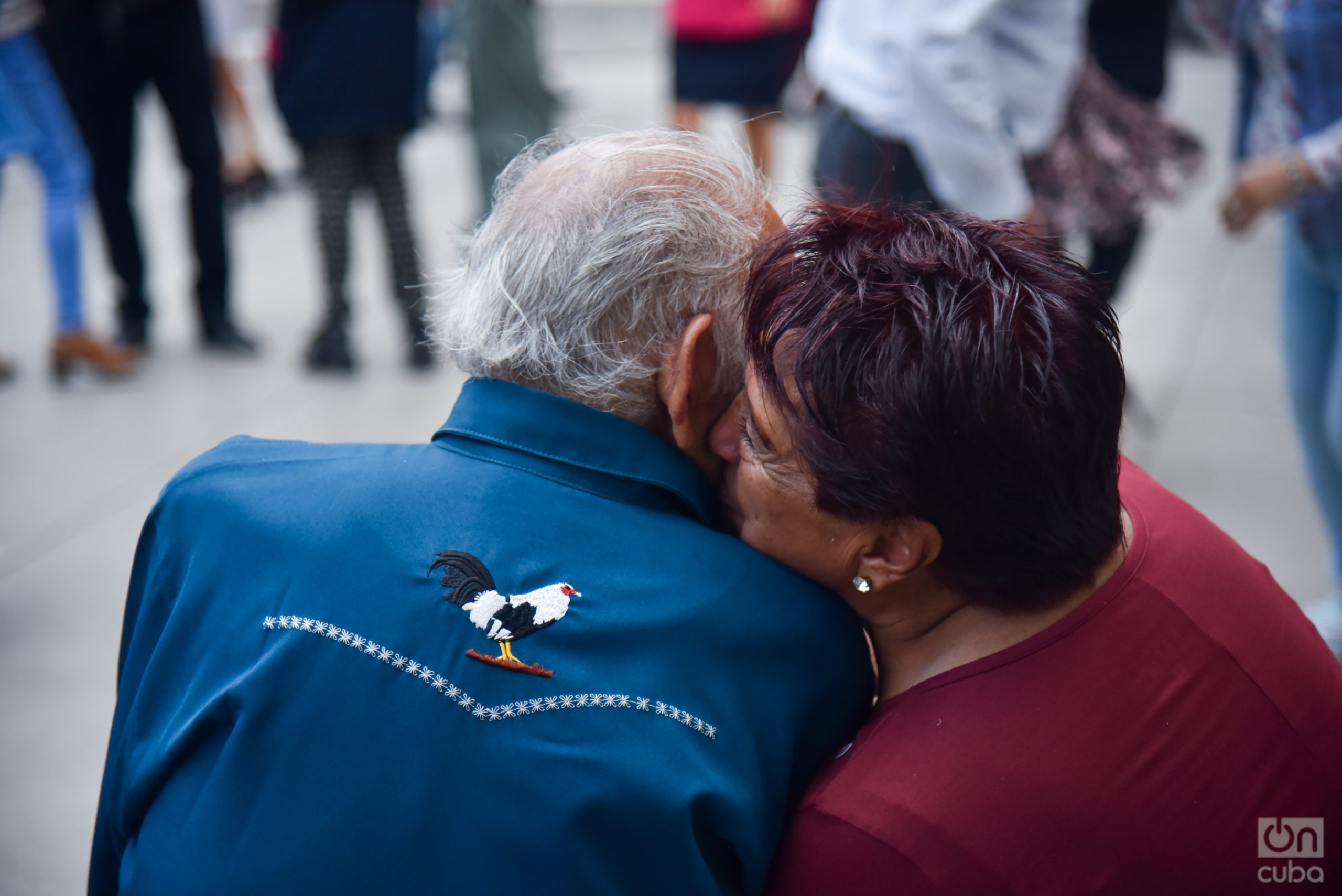
The popularity of the danzón in Mexico and its validity is a wonderful phenomenon. Such a thing no longer happens anywhere in Cuba, where in Matanzas, in 1879, this genre was created by the composer Miguel Faílde. On the Island, where even the danzón is the national dance, paradoxically, it is a manifestation that is almost in danger of extinction.
It was precisely the Cubans who emigrated to Mexico at the beginning of the 20th century and settled in Veracruz and the Yucatan Peninsula, who introduced the danzón to those parts. “In Cuba he was born and in Mexico we adopted him forever,” Roberto tells me with a big smile, one of the gentlemen who makes him shine with his steps on the track.

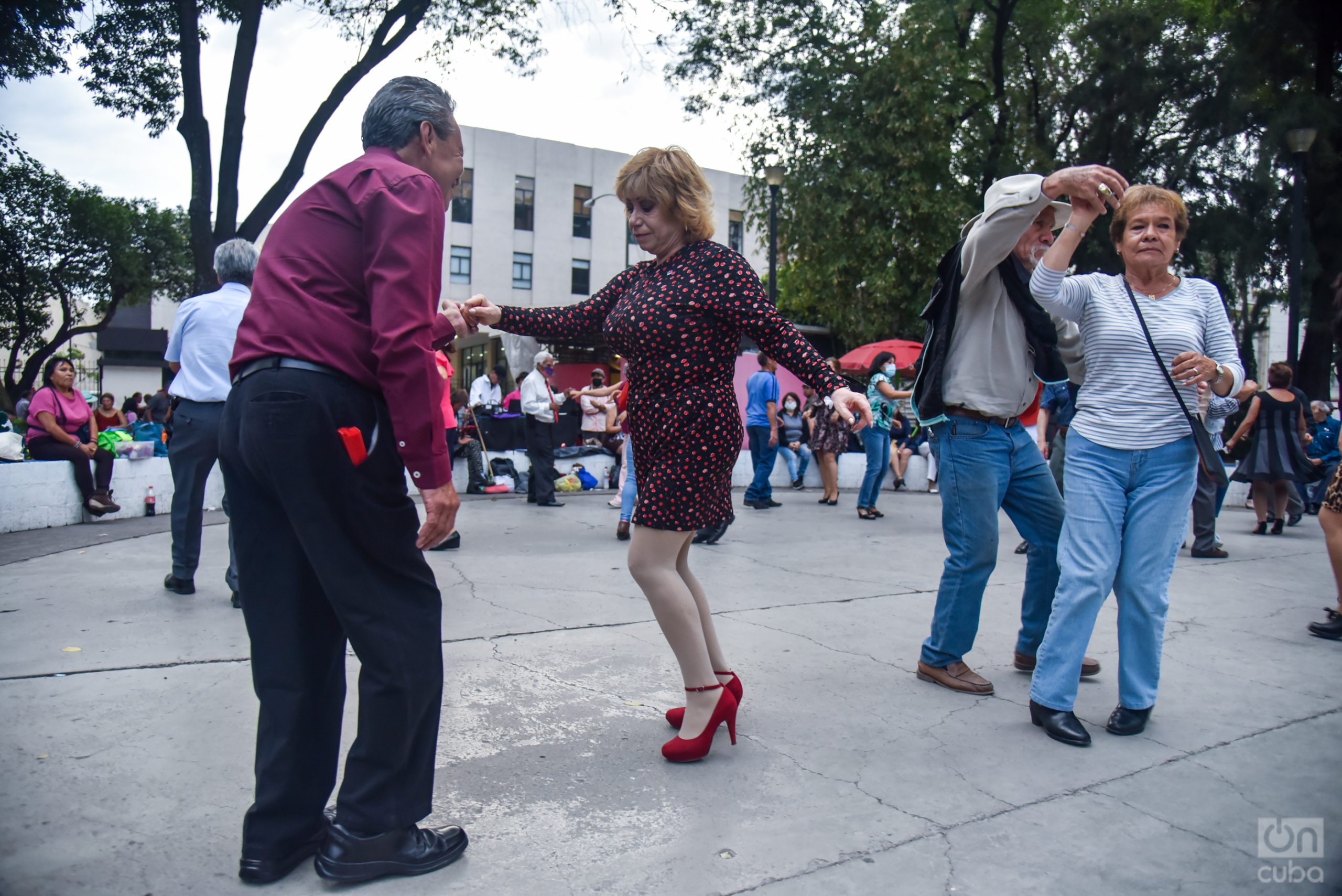
I spent a few minutes observing that panorama from the outside before sneaking in between the couples to take pictures.
Each and everyone in this place dressed very elegantly. They very gracefully. With high heels, flowy blouses and Zayas. Almost all impeccably made up and with necklaces, bracelets and earrings. They, for their part, were gallants wherever you looked at them. Almost all of them with fedora hats, those flexible and short-brimmed ones, classics of the 50s. Long-sleeved shirts. Some with embroidered details. They combined with dress pants and moccasin-type shoes. Others of double tone or colors like blue. There were those who wore guayaberas. Others walked around in matching suits and ties.
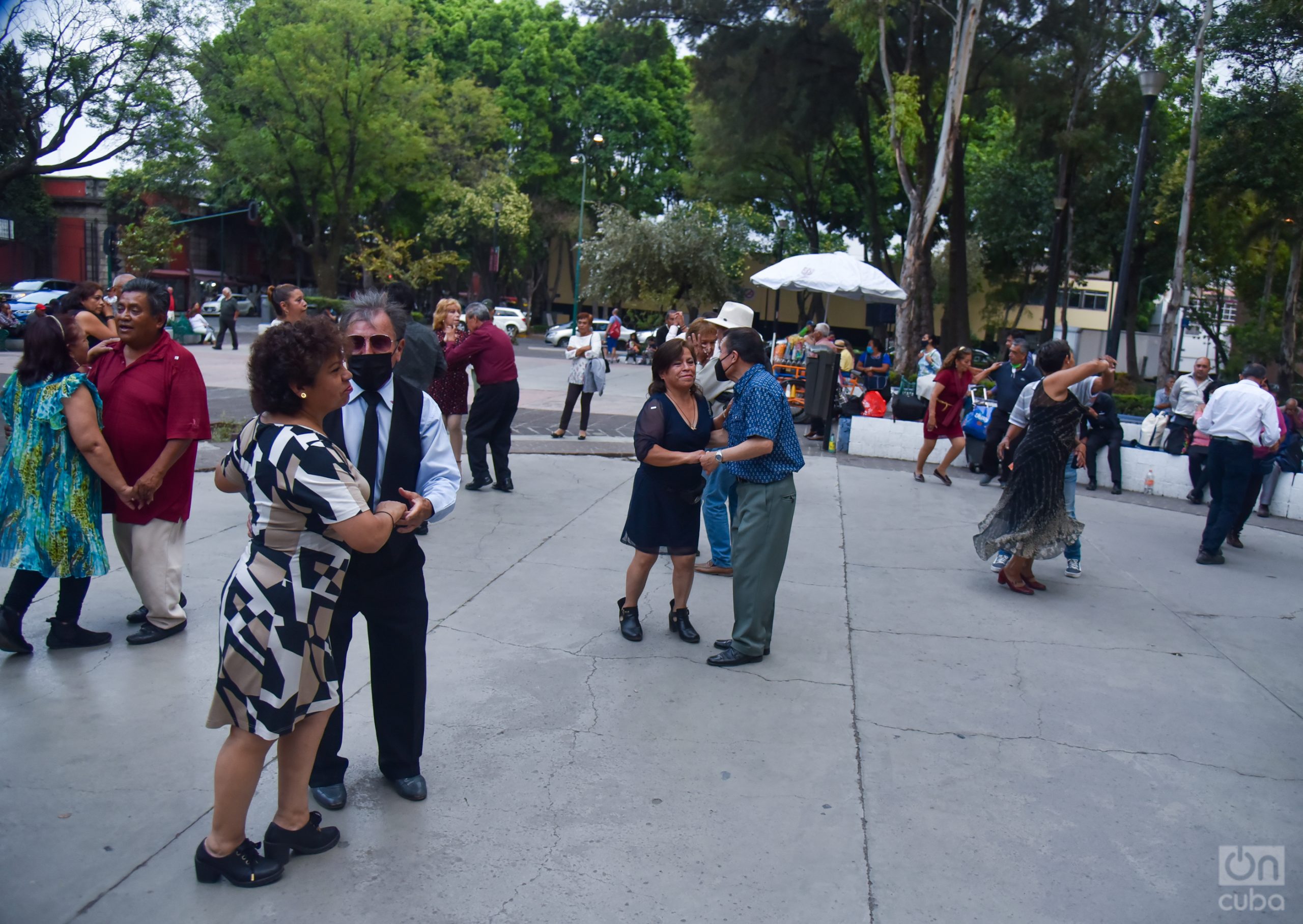
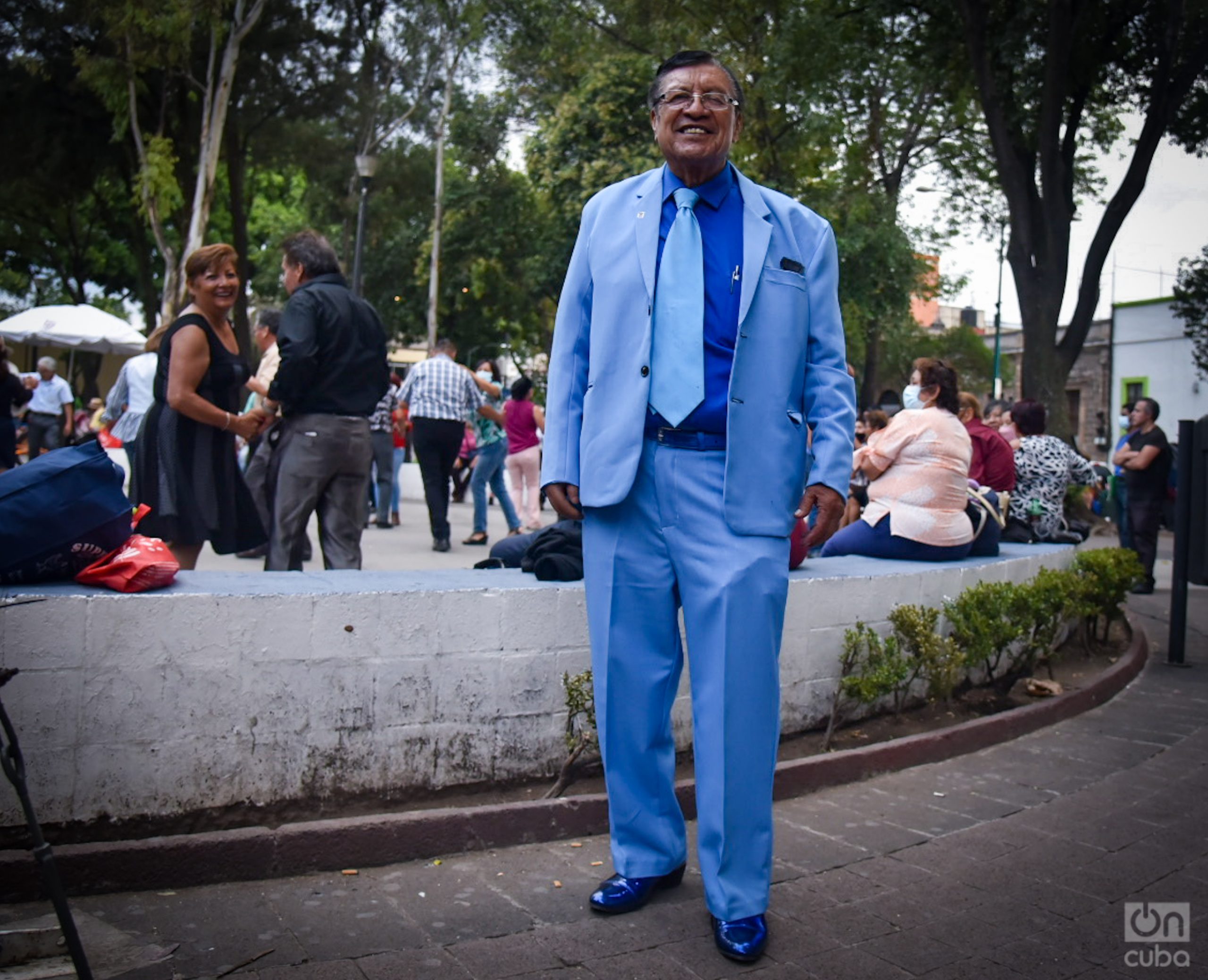
When the music started, in the first bars, ladies and gentlemen looked at each other. A gesture from her was enough for her approval. And then the gentlemen and ladies met in the middle of the floor.
But here not only the danzón was danced. He also enjoyed son, salsa, bachata and merengue. There is space and dancers for all these rhythms. You could throw a danzón step on one side, jump for another and move your hips with a bachata.
Danzón dancers in Mexico City. Photo: Kaloian.
